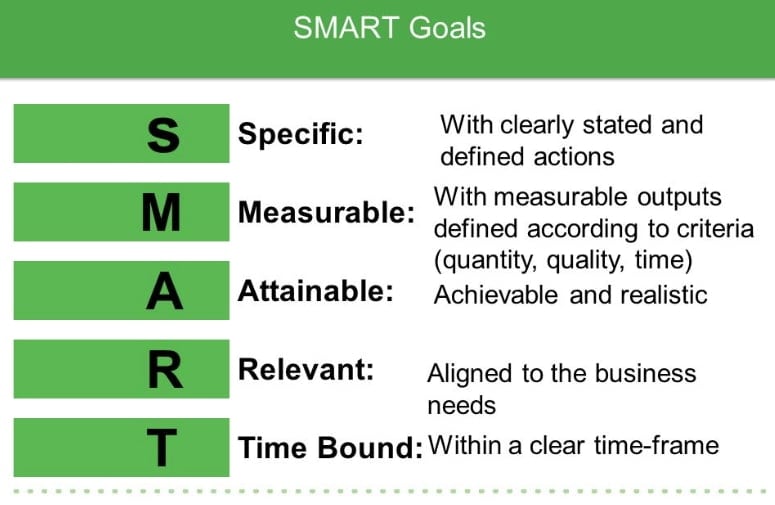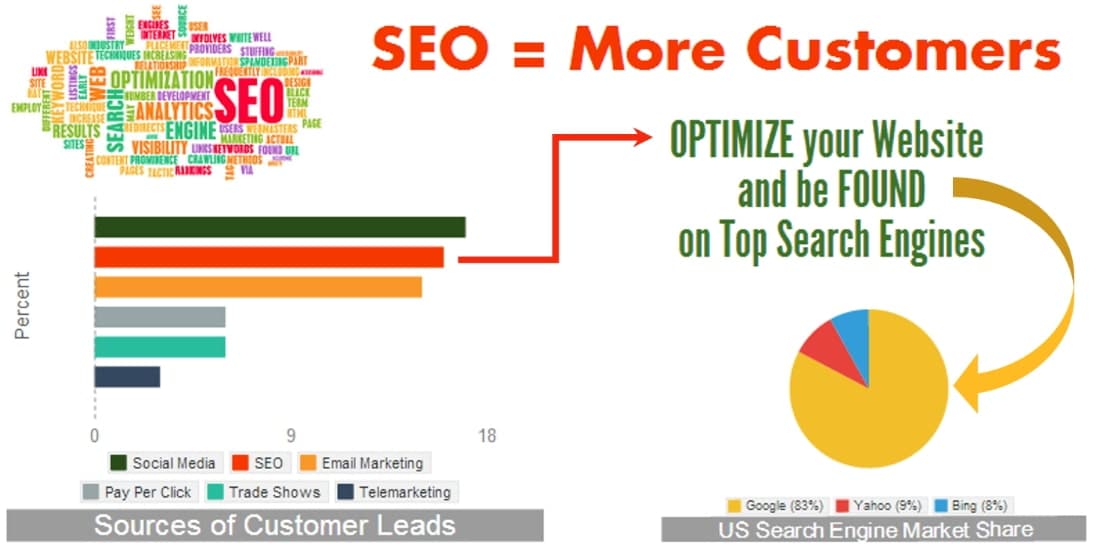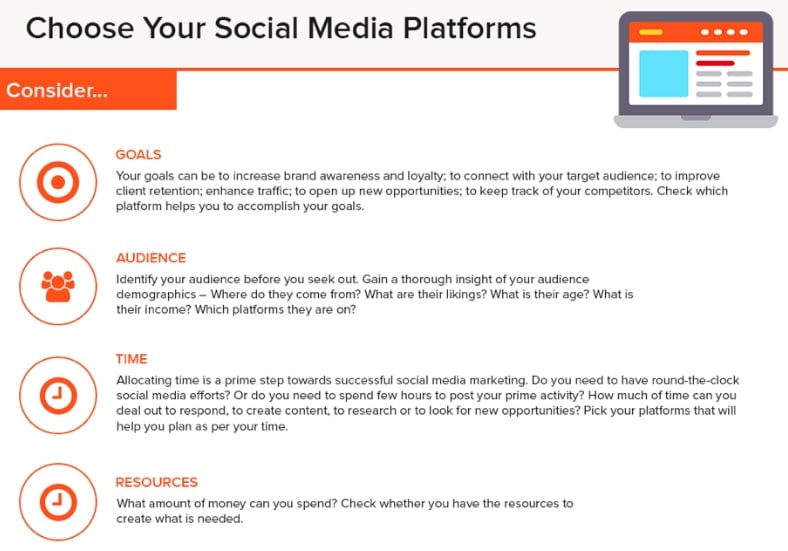How to Use Video Marketing to Boost Sales for Small Business
Aug 14,2019• Proven solutions
Whether you are a startup or a well-established company, video marketing is imperative for growth and media exposure. And, for budding businesses, it becomes a daunting task to bear the brunt of high cost video marketing. The steep cost, extra time and exceptional skills required for video marketing weighs down the plan of newbie or small business owners. These factors at times force the small business owners for calling it off soon. But, the good news is, with proper marketing for videos you can skyrocket your business, without breaking the bank. In this article, you will learn how to make business video and what you should consider when implementing video marketing.
Best video editor to make business video - Filmora9 Business
If you want to make product or brand video easily, here we recommend using Filmora Business. Even you are a beginner, you can make video easily with dragging and dropping. It includes more than 50 royalty free to use music. You can use various templates/filters/overlays to make your video stand out quickly. You can also add text templates to highlight your key message. For baisc editing, you can split/cut/add transitions and logo to your video at eveeywhere. For advanced video editing, you even can make green screen video. Download it now to have a try!
- Part 1: Why you need to consider using video marketing
- Part 2: How to plan video marketing
- Part 3: Decide the video type
- Part 4: Create videos ASAP
- Part 5: Optimize video SEO
- Part 6: Promote your video
- Part 7: Analyze the video data and get better
Part 1: Why you need to consider using video marketing
If you are wondering about the significance of video marketing, then, we would suggest you to go through this article. There is absolutely nothing to fret about, as we offer a clear detail on each aspect of video marketing.
1. Video is powerful in sales
When it comes to sales, video holds a powerful presence for garnering ample returns. With a product video over your company’s landing page surges the conversion rate to 80%. Irrespective of the content, videos tend to gather more viewership. According to consumer studies, videos lead to direct sales and 74% users end up buying a product after watching explainer videos.
Your judgment being dominantly influenced by visuals unknowingly tends to register product images. So, when still images are that influential, how can moving videos stay behind appealing the audience for your business?
2. Connect video with your customers
In any business trust is the stepping stone, as sales and conversions entirely require the customer to trust you. Unless you build trust and ensure them that your product holds their interest at heart, their affinity won’t be high. Content marketing solely relies on establishing long-term relationships and trust.
According to Mark Schaefer, of Schaefer Marketing Solutions, recent age screams for thought-evoking content that makes the audience trust. And mere traffic is not the desired thing but the elite personalities who advocate your content and spread it. Videos evoke emotions, builds trust to believe on the product. YouTubers being the influential social media figures, vouch for your brand. For making consumers shop online, videos play a vital role. 57% out of them make their mind after watching a conversational product video.

3. Mobile Users love videos
With 233% growth in mobile video views, it’s clear that consumers consume videos at a high rate. 90% of consumers expressed that they use mobile for consuming video content. According to YouTube, every year there is a 100% growth in mobile video consumption. Google says that smartphone users personally connect 1.4 times more than that of computer or TV viewers for video content or Ads shown on their phone. Offering better preferences on video content for smartphones would take things a notch higher.

Part 2: How to plan video marketing
If you are wondering to make the right video marketing plan, then you need to carefully craft everything. Tracking progress is significant to gauge the growth and the effectiveness of any marketing campaign. Apart from jotting down the goals, holding yourself accountable for every action in this regard is paramount.
If you are new to making tutorials or view your project as an amateur endeavor, success demands you approach it with the professional's eye for detail. Just having a handle on some of the basics of video production can make a huge difference in quality and watchability, and putting in a pro effort is easier than you think.
- Succinct script. Write your script before and practice it a couple times to iron out the rough spots. Your script should be short, to the point and focus only on the most important details, in language that is clear and precise.
- Manage the technical elements. These include good lighting, proper audio levels, a good microphone and camera (dodgy sound or video quality is the quickest way to shed viewers), no distractions in the background.
- Choose your tools. Decide what you will need to record your video. Do you simply need a camera to record you talking?(Get tips on how to choose the right camera for your project.) You may need screen recording software to record exactly what you are doing. What about voiceover? Make sure you have all the software tools needed for the job.
The SMART goals technique helps you in this regard:
Specific: The objective and information should be enough explained to show the opportunities or problems.
For example: improving traffic or getting more subscribers don’t be considered as specific targets.
Measurable: The possibility to create metric using a qualitative or quantitative attribute.
Actionable: The existing information should be improving performance.
For example: Setting an achievable goal is important, but it needs to be achievable. 1 million YouTube subscribers in the first few months ask a lot.
Relevant: Is the information beneficial to resolve a certain issue faced by the marketer.
Time-bound: The objectives need to be set with different time-periods for being reviewed as targets.
For example: create realistic targets as goals to have valuable data at the end of a specific campaign.

Keep what works for your videos and discard what doesn’t in future videos. With a proper strategy, you can grow your videos exposure.
Being proactive is the key to better marketing. So, sharing your video content across social media platforms on best time is a great thing. Under a tight budget, it serves as a boon to reach more people without spending a fortune in marketing.
Part 3: Decide the video type
Though, for video marketing, you can choose a varied range of video types. From the marketing aspect, we recommend you to primarily focus on two video types.
Here are they:
1. Product video
Best product video explains the effectiveness of a product. Most videos concentrate on product features. But, you can focus on the way your product eases the problems faced by the consumers. Showing a demo video improves the conversion rate. It even elaborates the products use in the real world with a creatively engaging story. The product features should be experienced and not explained to have a lasting impression on the consumer. According to neuroscience, audio visual medium makes a product memorable and relatable quickly.
You may also like: How to Shoot Product Videos on a Budget
2. Brand video
While creating a product or service, you shouldn’t forget the brand. Brand needs to be the essence of every video. This is because while selling your service or products, you are selling the brand as well. The product is saleable, because people connect and trust a certain brand. These brand videos are crafted as a fragment of huge Ad campaigns. The four videos can give you a thought on brand video. They showcase the company’s mission, vision, services or products. Brand videos focus at building awareness for your company as well as attract viewers.
Part 4: Create videos ASAP
Before proceeding with video marketing, the first thing is creating your video. You need to understand the purpose of your marketing video. Then only you can use your resources and start right away. Video marketing silently carries a call to action and your purpose needs to match that. Get your idea clear with your team and then start the shooting, framing and editing work. Take into consideration your target audience, goal, place to get it live, a timeline to create video, budget, creative requirements (budget, skills and resources play a big role) etc. Be a great story teller to get yourself heard.

Depending upon the target audience you got to script the video. Well, if you are a newbie then remember your first video might turn out be the worst. But, putting your best efforts to show up is even great. Put your ideas and plan into action and start creating the video. Gradually your video quality and content would be better.
Hire a professional if possible to edit your video as they mend what’s not in place. They can even polish your first video shot on your smartphone to a better one. When your marketing strategy flourishes and you keep growing, you can equip professionals to shoot your videos. Follow your video marketing feedbacks and grow by bypassing the wrongs.
The deed is done, you have recorded your video tutorial... but wait, it's not quite ready to be released into the wild. Watch it, several times, and do so with a critical eye. Is your video tutorial as short and precise as it can be? Have you broken your lesson into easy-to-follow steps? Is the pacing lively, or at least not sluggish? Do you have a call to action at the end? Ask yourself these questions and make adjustments or perform second takes as necessary.
Part 5: Optimize video SEO
Creating and sharing videos on respective platforms is not all that would bring you results. For achieving desired outcomes from video marketing, SEO is the power booster. Optimizing your video content with SEO makes it popular over leading search engine result pages. Which in turn pushes it to people’s feeds and enhance online exposure. YouTube also follows SEO strategy to rank videos. Your YouTube video’s description section is optimized with keywords and helps your video to land on search engine results. Storytelling and metrics needs to be balanced, while keeping the description relevant.

Part 6: Promote your video
Now that creation and SEO are taken care of; promoting your video comes as the next step in video marketing. Putting the video in front of the appropriate target audience is of utmost important. Irrelevant content might irritate the viewers. Use every possible means to circulate the video content. Employ the freeways for keeping the budget under the hood.
Here are some of the most popular ways of promoting videos:
1. Email newsletter
You can share your marketing video to subscriber, just the way you used to send case studies, blog posts, and whitepapers in your campaign. Your company’s loyal followers should be notified about the new video you have created. For making the video stand out in the email, use a reliable tool that merges video tag on your email. It helps the viewers find the video thumbnail and takes them directly to the video landing page.
2. Make use of social media for your audience
YouTube is obviously the biggest, but find where your audience is and place your video where they can see it. Different video sharing sites may have different requirements, however you can use Wondershare Filmora Business to export to the largest variety of formats. Apart from YouTube, there are other soical media platforms worthy of trying.
Now it's time to flex your social media muscles and promote your video. Use all the channels at your disposal: Facebook, Twitter, G+, Flickr... don't be afraid to let the world know about your creation. Promotion is how you draw eyes to your video and make it a success.
It doesn’t matter how big or small your budget is. A compact budget also allows you to get remarkable result through paid Ads on Facebook, Twitter, and Instagram with a proper campaign. To attract a fresh lot of potential consumers, you can set a budget for a certain time and target a niche audience for that matter.

3. Add the video with email signature
Adding your marketing video with email signature would get hold of the recipient’s attention instantly. It needs no money, quick to apply and allows you to reach everyone you or your company staff sends out emails to.
Part 7: Analyze the video data and get better
Analyzing your marketing video and setting goals is a major factor to reach a broader audience. Now that you are thorough with creating the right video for your product or brand, you are all set to sail the boat. Recognize the best metrics and define your video goals to gauge whether you have accomplished the goal or not.
Increased brand awareness, conversions for free trial, or engagement is few of the primary goals of video marketing. Every video should tag along one or two goals to retain its worth. A lot of goals and your video are lost in the sea because it might confuse the audience to find the goal of your video.
For example, one product might multitask, but adding multiple products in a single video and promoting them simultaneously would lose focus.
The age, location, interest, the way of consuming video, and the social standing of a person is important, while creating a video and setting its goal. As baby food is meant for new parents and hardly older people would focus on that. Likewise, if you consider elder friendly chairs and walking sticks etc. then middle aged people or the older audience will relate as they might seek to buy it for a family member if they have.
Depending on these factors, you can determine how to present your product or service and win them over. If it’s a new brand that people are unaware of, then you might think of creating a brand video first and convey your message, as how you stand in their life. Hosting such a video over sites like YouTube would gradually bring you recognition.
The goals are set and now is the time to understand the metrics. You need to track them while publishing videos:
| Play rate | It helps determining the relevance and appeal of your video. It is the percentage of people who played the video divided by the received number of impressions. |
|---|---|
| View count | It refers to reach of your video (the number of times viewed). It is significant for achieving goal like enhanced brand awareness. |
| Video completion | It determines the number of times the complete video is played, rather than a portion played and left abruptly. |
| Social sharing with comments | With social sharing, your video gets shared with a large number of people and the visibility increases with time. Comments on the video means it has stirred some emotions in them. It means your content is being popular among your audience and the content is reaching the target audience. |
| Completion rate | This implies number of people that viewed the video till end divided by the number of people who played it. Engagement metrics and completion rate are vital to measure the audience's response to your video. |
| Bounce rate and time-on-page | Measure the bounce rate of your page, then only add your video. Note the metrics and gauge the change you see after sharing the video there. |
| Click-through rate (CTR) | It is the number of times, your call to action (CTA) gets clicked divided by the number of times it's viewed. It determines how efficiently the video propels them to tap the call to action button or link. Higher the CTR better the results. |
| Conversion rate | Number of times visitors accomplished your preferred action divided by the number of clicks on CTA. |
Conclusion
From the above article, we are sure that you have got great things to learn about video marketing. Done the right way, video marketing would bring you innumerable goodies.
Bring up your video to a professional level with straightforward tools.
Try It Free Try It Free






Liza Brown
chief Editor
0 Comment(s)